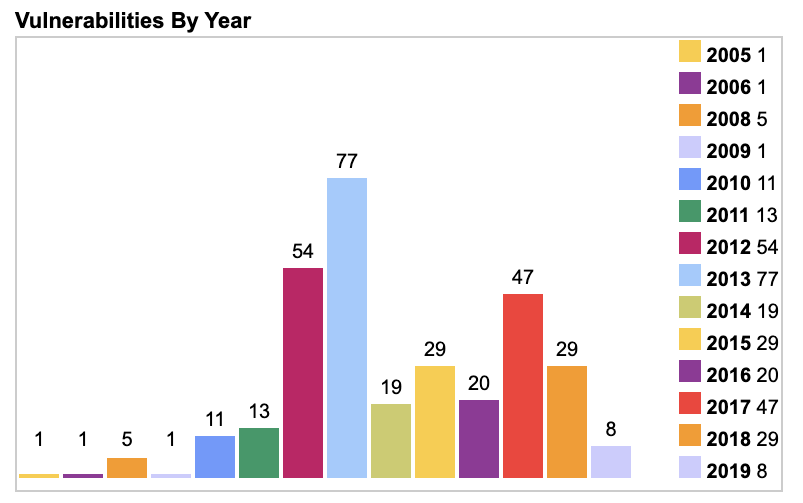Five F-35A Joint Strike Fighters and a single F-22 Raptor “talked” with each other using their proprietary stealthy datalinks via a U-2S Dragon Lady spy plane carrying a specialized communications gateway payload, during a recent demonstration. This marks the first time that the Air Force’s two stealth fighters were able to exchange data freely in flight, something that has been years in the making. The U-2 was also able to simultaneously share information with assets on the ground and at sea, as well as with non-stealthy combat aircraft, all in near-real-time. That info was used to initiate strikes from ground-based artillery and naval assets as part of the high-stakes capability demonstration.
This demonstration event was known as Project Hydra. The company’s Skunk Works advanced projects division worked together with the Air Force and the Missile Defense Agency (MDA) to carry out the tests. Elements of the U.S. Army and U.S. Navy were also involved.
[…]
Source: F-22 And F-35 Datalinks Finally Talk Freely With Each Other Thanks To A U-2 Flying Translator
It only took 10 years or so. For a military so entrenched in netcentric engagement to have their premier aviation assets not be able to communicate at all for so long is a major embarrassment. That they can only do it using a U2 within range is pretty weak.



